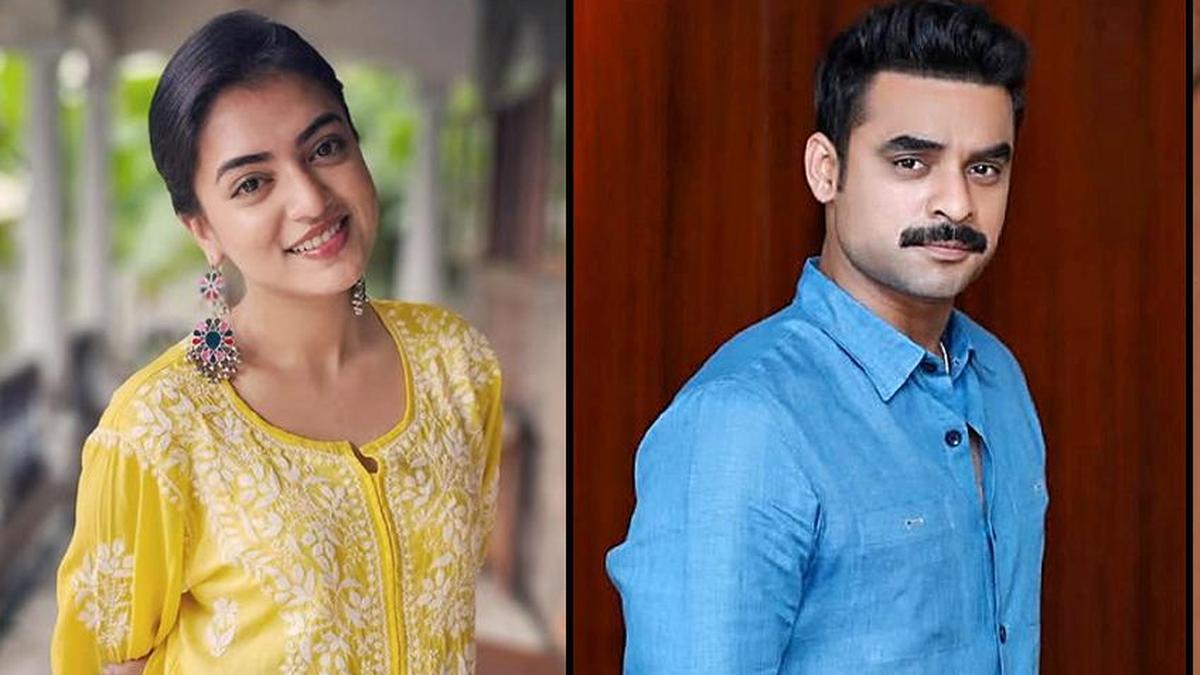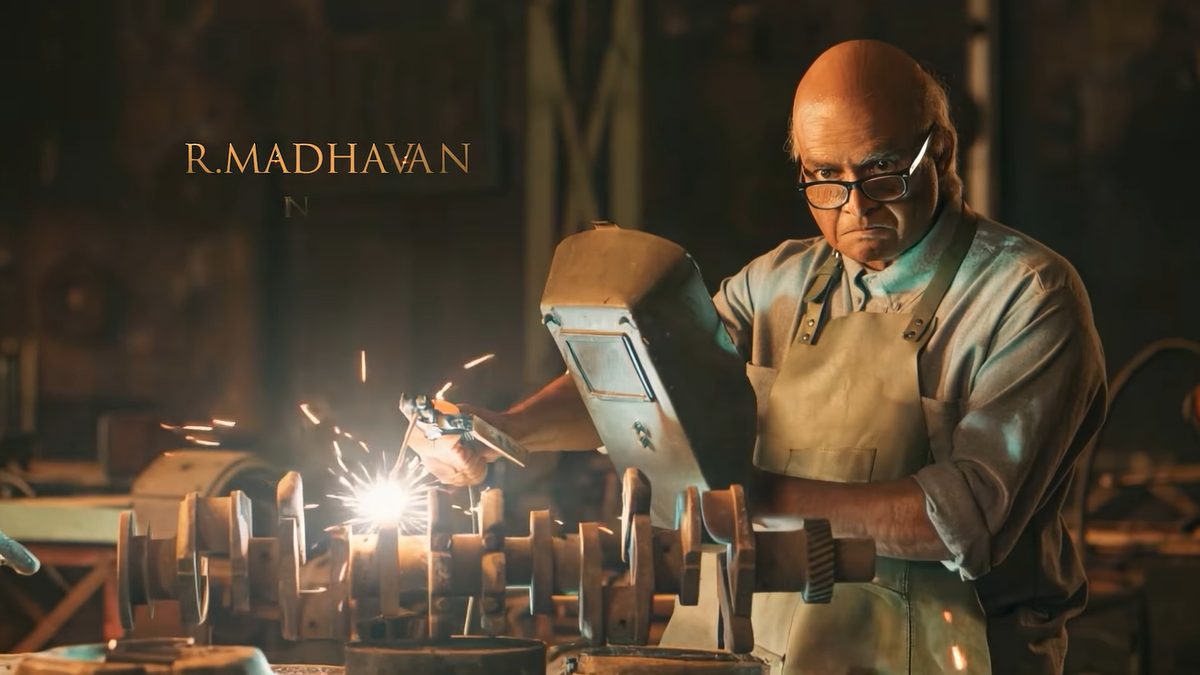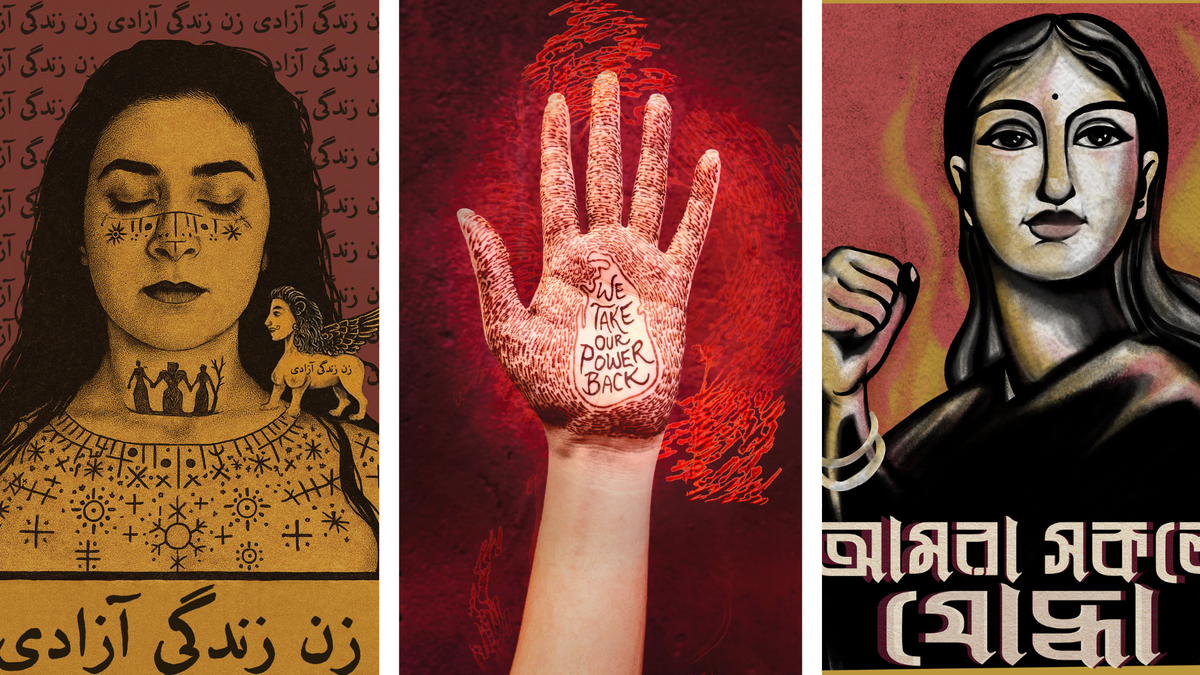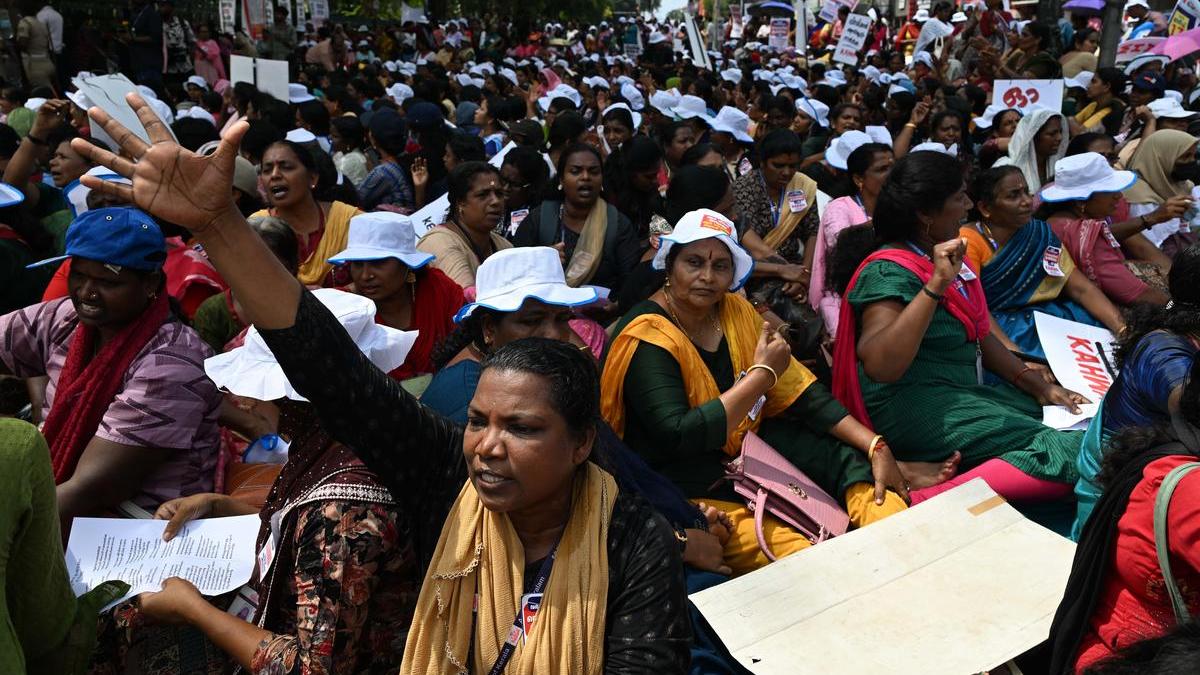An acclaimed filmmaker known for his raw, unflinching portrayal of dysfunctional relationships, toxic masculinity, and social undercurrents, Kanu Behl’s cinema exists between the provocative and profound. After taking flight with the neo-noir thriller Titli, Kanu dissected the life of an investigative journalist in Despatch, which evoked interest in the OTT universe. This November, the Delhi boy is returning to the box office with Agra, which talks of sexual repression in a suffocating space where the title becomes a symbol of unfulfilled desires and psychological turmoil.
A festival favourite, the film stars newcomer Mohit Agarwal in the lead role, with Priyanka Bose and Rahul Roy in career-defining performances.
Edited excerpts from an interview:
What are you trying to say through ‘Agra’? It seems that the central character, Guru, is a precursor to Titli’s negotiation with toxic masculinity in a dysfunctional family.
As the stories are rooted in the same source — me — you see that connection. For me, Titli was about the idea of circularity in how violent images are transmitted from generation to generation within a family. Agra is more about repressed sexuality in cramped physical spaces. We are a country of 1.4 billion people, but in terms of landmass, we are smaller than China, which has a comparable population. When I started thinking about the repression that came from my experience of sexual expression, I also tried to find a larger context for where this comes from. How does our sexuality start affecting the spaces that we live in, and how do the spaces in turn affect our sexual lives? I found this conversation interesting.

A still from ‘Agra’ | Photo Credit: Special Arrangement
Why did it take so long?
I was told that making a film on desire and sexuality in India is difficult. So I started tiptoeing around the subject. The critical moment came on the last day of a workshop in Italy, when my mentor, seasoned editor Molly Stensgaard, asked, ‘Do you know why you are doing this film?’ I was taken aback. I mumbled that I am doing it because I want to make a film on sexual repression. After an awkward, long pause, she said, ‘Then, why don’t you do it?’ I took a three-month break and realised that if I want to make the film, I should be ready to take what comes with it. Then the COVID-19 pandemic derailed the plans...
Unlike other independent filmmakers, you don’t like to inform; instead, you make us inhabit the rot. What is your process?
It starts with empathy for all the characters, not just the main protagonists. As you are ploughing through draft by draft of your script, you are just trying to fall in love with every being in that script to the extent where all of them become full-blown human beings. Once you understand their perspectives, you cannot stand on a pedestal and say, ‘This is how it is.’ When all those inhabiting the space have their points of view, you go, like, ‘Achcha!’ You (the audience) now decide what to do with these people.

The relationship between man and woman in your films is a very transactional, give-and-take type, where women negotiate with patriarchy.
I have closely observed that women need to be better negotiators to survive because the physical power in our society resides so much with men, making it difficult to push back in more overt ways. Women often find very covert ways to exert their power. And hence, they are always better negotiators. Also, they have to find ways to survive. That really interested me, given the really strong women I saw around me. Growing up, I loved to be a fly on the wall. Some of the moments I observed around me, I was like, ‘this person must be so tough,’ because sometimes, you feel like the man is not making the right decision, but you are unable to say that directly because there is a massive ego to tackle.
The highlight of the film is the relationship between Guru and Preeti, two incomplete persons in conventional terms. How did you bring them together without giving them any crutches to hold on to?
That discovery in the script was really magical for me because I did not know where Agra was heading after a point. We have a boy who might be labelled as ‘mentally damaged’ from the outside. He needs a catalyst — a perfect foil — that will show him light. I hit upon the idea, again in quotes, of a ‘physically damaged woman.’ They are both judged by society as incomplete, but internally, they are well-rounded human beings. I felt they would both understand each other because they both face the same societal gaze. When the two halves meet, they create something beautiful, beyond desire and transaction.

A still from ‘Agra’ | Photo Credit: Special Arrangement

In the intimate scenes of your films, the characters are trying to gauge one another. It must be daunting for the actors to bring out that simmering intensity.
It is, but there is no one fixed process for it. It depends on who you are working with. In the same scene, you might be talking to two different actors completely differently, depending on where they need to go and where you want them to go. I usually divide my workshops into three phases. For instance, while working with Priyanka during phase one, I have to clean out Priyanka — the person — and all the other parts she has done so far. In the second month, she is neutral, learning not to learn but to remain neutral. When she becomes habituated to neutrality and realises the difference between the past and neutrality, the final month begins, where she becomes the character. Not by learning dialogues but by practising the rhythms of the human being she is about to play — What does Preeti do outside of this scene? Why does she walk the way she walks?
Where is poetry and romance in your cinema?
On an Archie’s card! Where is this idea of love, anyway, that is sold to us? Love is far more complex than we like to admit in our daily lives. I aspire to have a complex conversation with my audience — one as close as possible to the lives they lead. I feel all of us lead such complex lives that we only aspire to reach out for that ideal form of love, which is sacrificing, etc. Here, nobody is sacrificing, and there is a motive attached somewhere that may come in the second or third act. But we should realise that there is a motive behind all our work. At the same time, I find a lot of beauty in relationships. There is a moment in a very critical scene when Guru is unsure whether Preeti really loves him. He goes to her and, in a very intimate moment, he asks her where she would like to live with her – at his home or at her shop, and she replies, ‘What difference does it make?’ It is these fragile moments that human lives are all about.

A still from ‘Agra’ | Photo Credit: Special Arrangement

You have cast Rahul Roy, the eternal lover boy of Bollywood, as Daddy with a wife and a mistress. How did he fit in?
Working with Rahul Roy was a fantastic experience. In fact, he cast himself. I usually make three actors read a part during workshops. I tell them not to get offended and not to take it as an audition. I look for who rhymes well with whom. He would be the last one to leave, and one evening, he told me, ‘Kanu, picture toh main hi karoonga!’
‘Titli’ was backed by Yash Raj Films in 2014. A decade later, how do you see the scene for independent cinema?
It’s gotten tougher to make independent cinema. However, all independent filmmakers who have come and gone before me have said the same thing. We have much bigger fish to fry than just independent cinema. In many ways, we are seeing that capitalism and the roses around it that were shown to us are wilting, and the system is crumbling, and within the ruins of that, the first people to begin seeing large blocks of stone fall on their heads are the artistes.
Agra releases in theatres on November 14

 3 hours ago
1
3 hours ago
1





















 English (US) ·
English (US) ·